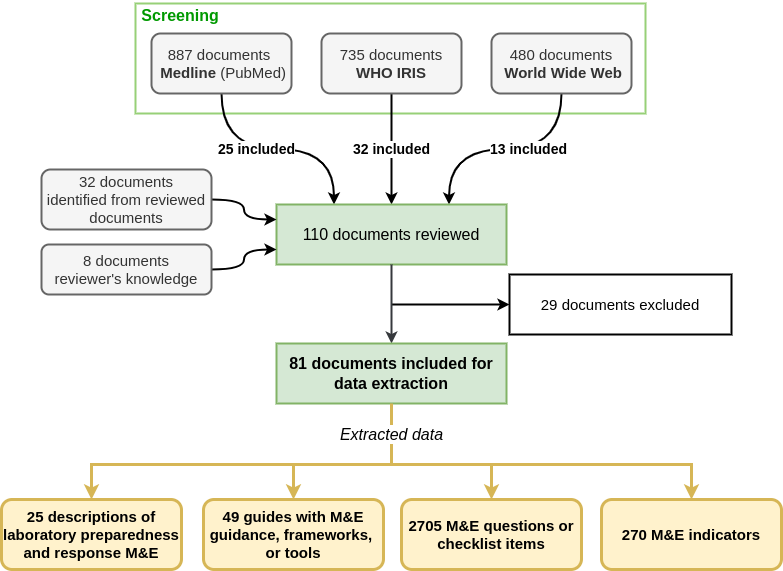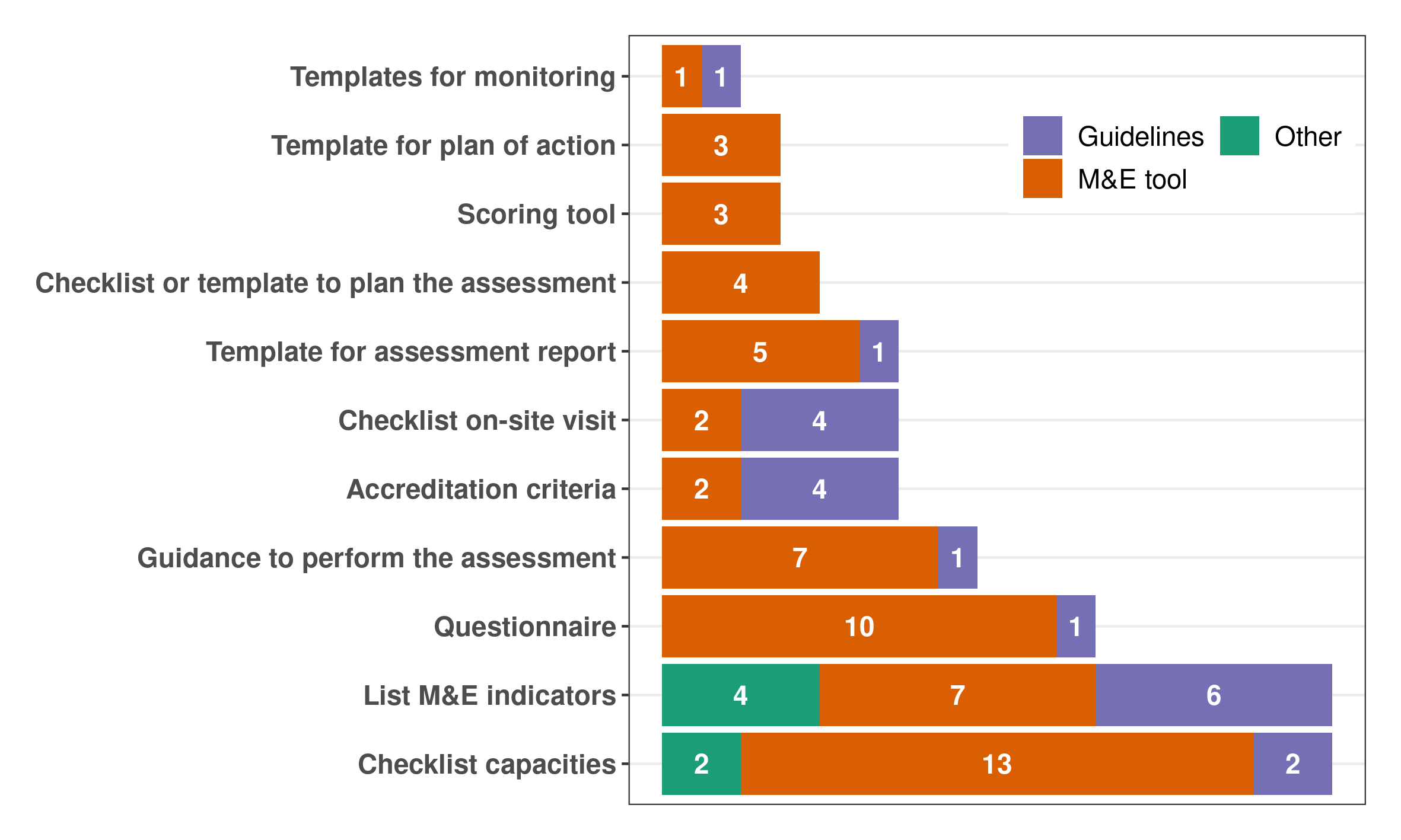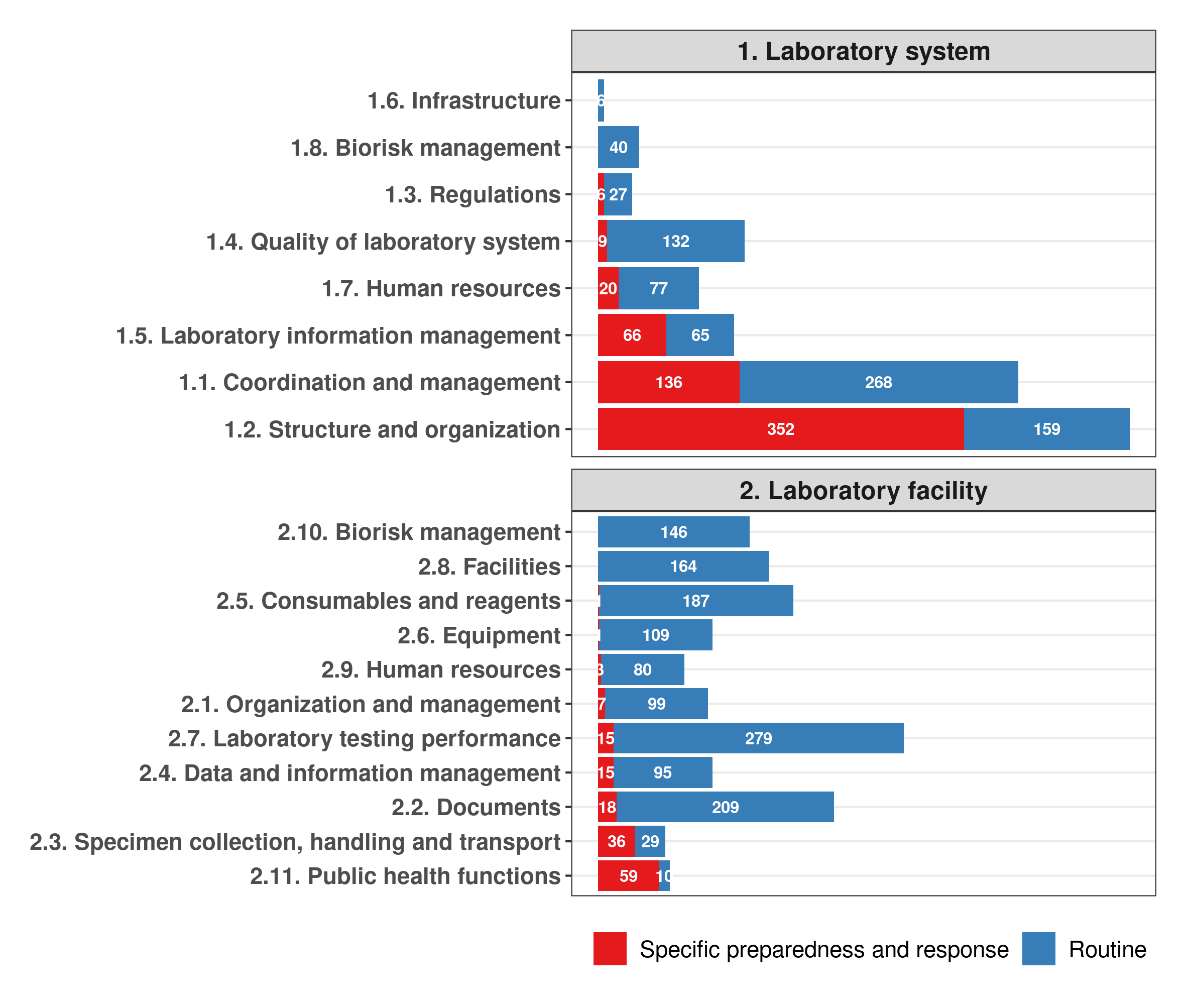Scoping review on laboratory preparedness and response monitoring and evaluation
Project details
Year: 2022
Client: World Health Organization - Headquarters (Lyon Office)
Objectives:
- Perform a scoping review of existing monitoring and evaluation frameworks along with global, regional, and country-level indicators used to measure laboratory preparedness and response for outbreaks.
- Provide recommendations for next steps in developing a monitoring and evaluation framework for laboratory preparedness and response for outbreaks.
Deliverables: One scoping review report and its evidence tables detailing:
- Published experiences of laboratory preparedness and response monitoring and evaluation
- Frameworks and tools available for laboratory preparedness and response monitoring and evaluation
- List of laboratory monitoring and evaluation indicators and questions
- Identified best practices and recommendations for laboratory monitoring and evaluation
Performed activities
Safe, reliable, and timely laboratory testing is an essential component of an operational disease alert and response system.
We included 81 documents in the review (Figure 1) which provided information on:
- 25 laboratory monitoring and evaluation descriptions, and
- 49 guides with laboratory monitoring and evaluation guidance, frameworks, or tools.

Figure 1. Flowchart of included documents and extracted data
The most frequent tools provided by the guides were lists of capacities or monitoring and evaluation indicators to be assessed (both n=17, 35%) and questionnaires to conduct the assessment (n=11, 22%) as presented in Figure 2.

Figure 2. Identified monitoring and evaluation tools per type of included guides (n=49 guides, a tool is counted only once per guide, but one guide could provide more than one type of tool)
We developed detailed evidence tables with all the information collected from the descriptions and guides, including on specific monitoring and evaluation indicators, questions, or checklist items (Figure 3).

Figure 3. Number of monitoring and evaluation indicators, questions or checklist items identified per category
